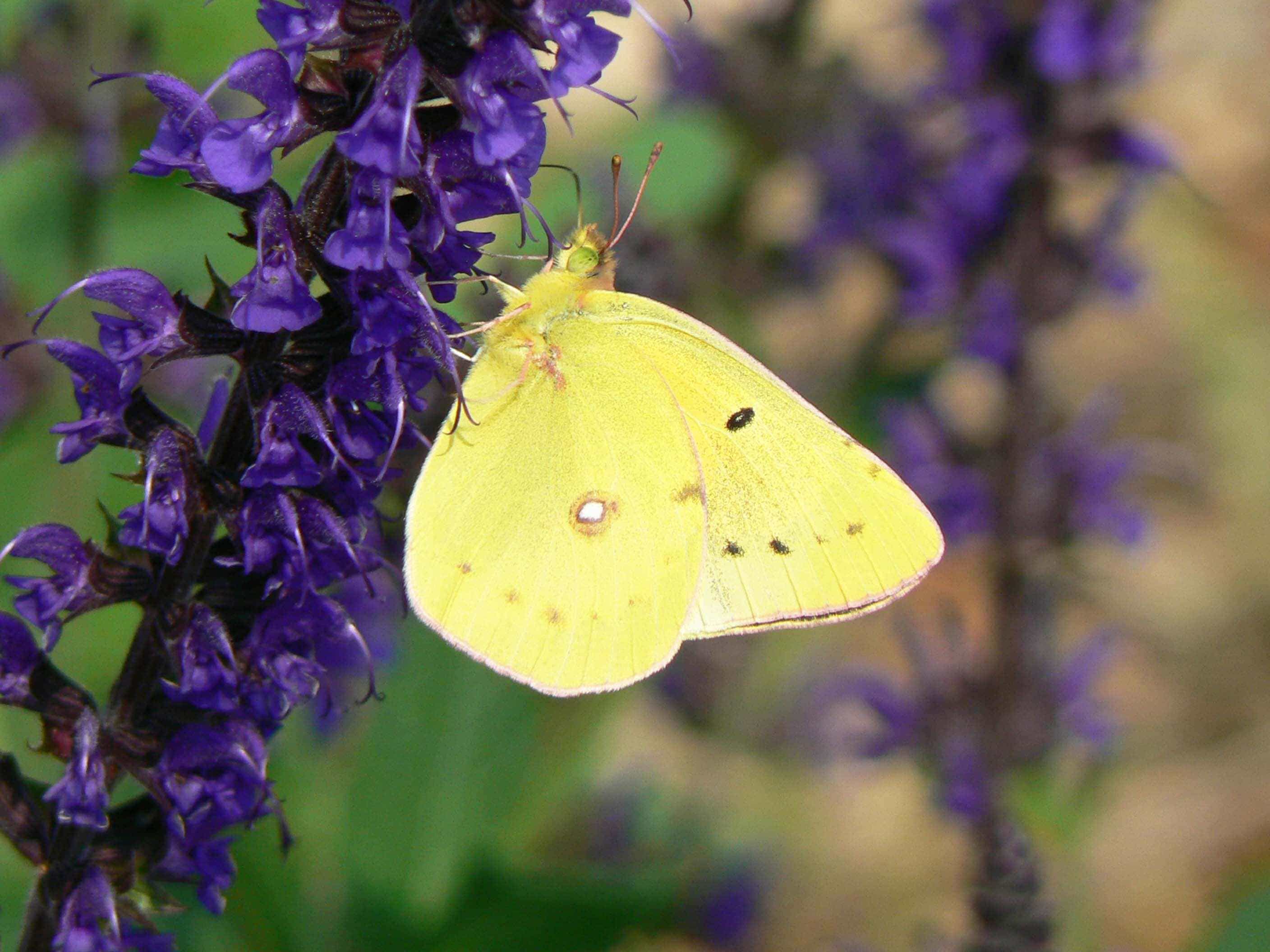
Imaginal Cells | The Caterpillar’s Job to Resist the Butterfly
When I told Elisabet Sahtouris that we were having a retreat program called Butterfly Connection in her native Greece in 2009, she wrote back saying “it is interesting that your message downloaded right after I wrote two emails on butterfly metamorphosis.” Good timing!
She shared a version of the Butterfly Story which we then obviously explored in our program:
My favorite metaphor for the current world transition, first pointed out to me by Norie Huddle (Butterfly, 1990), is that of a butterfly in metamorphosis.
It goes like this: A caterpillar crunches its way through its ecosystem, cutting a swath of destruction by eating as much as hundreds of times its weight in a day, until it is too bloated to continue and hangs itself up, its skin then hardening into a chrysalis.
Inside this chrysalis, deep in the caterpillar’s body, tiny things biologists call ‘imaginal disks’ begin to form. Not recognizing the newcomers, the caterpillar’s immune system snuffs them as they arise. But they keep coming faster and faster, then linking up with each other.
Eventually the caterpillar’s immune system fails from the stress and the disks become imaginal cells that build the butterfly by feeding on the soupy meltdown of the caterpillar’s body.
It took a long time for biologists to understand the reason for the immune system attack on the incipient butterfly cells, but eventually they discovered that the butterfly has its own unique genome, carried by the caterpillar, inherited from long ago in evolution, yet not part of it as such (Margulis & Sagan, Acquiring Genomes 2002).
If we see ourselves as imaginal discs working to build the butterfly of a better world, we will understand that we are launching a new ‘genome’ of values and practices to replace that of the current unsustainable system. We will also see how important it is to link with each other in the effort, to recognize how many different kinds of imaginal cells it will take to build a butterfly with all its capabilities and colors.
— Elisabet Sahtouris, Ph.D., evolution biologist, lecturer and author of EarthDance: Living Systems in Evolution
The conversations around the role we are playing in this world and how we are playing this role are central themes of our dialogues. Although we do not focus on exploring theories, we obviously are alert of the patterns and insights that come out of our time together. There is a couple of patterns that we have been exploring with participants of these retreats.
It’s the caterpillar’s job to resist the butterfly and the butterfly’s job to become stronger because of the opposition to its advance.
It is the job of the system in place to resist the emergence of a new system – this resistance supports the strength and validity of the new system for the time when the shift happens. During this transformation, one is constantly challenged by the old system – acknowledging that this is at service of the new invites to a place of understanding rather than a place of opposition or duality.
The system emerging will, at its own turn, be build to last and to resist following emergences. We are stepping into this flow that will continue beyond us in the future. We are at the same time aware of our vital importance at this time and our transient influence at the no-time.
Acknowledge the job of the old system in resisting the new invites us to look at this transition as what it really is, a transition, and not a fight. This acknowledgment goes beyond focusing on actions to intervene in the old or the new, it rather looks at the service performed by our choices and actions.
One of the questions we explore in a Butterfly Connection retreat is: what actions am I doing to be at service at this time?
In the case of the caterpillar, its immune system kicks in because it does not recognise the second genome [of the butterfly]. Before the discovery of the second genome, this was a major puzzle.
It is completely normal to be puzzled by a time of major transformation. The old system clearly cannot sustain the current situation and the system emerging is yet not clear to us, difficult to be named using today’s words.
Co-create the language of this new system requires a space of exploration both of the self and while relating in community. To be supportive of local conversations emerging, Butterfly Connection aims to create and inspire spaces for this inquiry, understanding the critical role of the chrysalis, the silent space in between the two worlds, a space where although there is apparent stillness, it is where the real transformation is happening.
This story was told as part of the Butterfly Connection programme.
Read more:
- A more recent version of that story can be found at Elisabet’s website. Click on the Butterfly to read it.
- The collective intelligence of the imaginal cells
[layerslider id=”banner_ebook”]